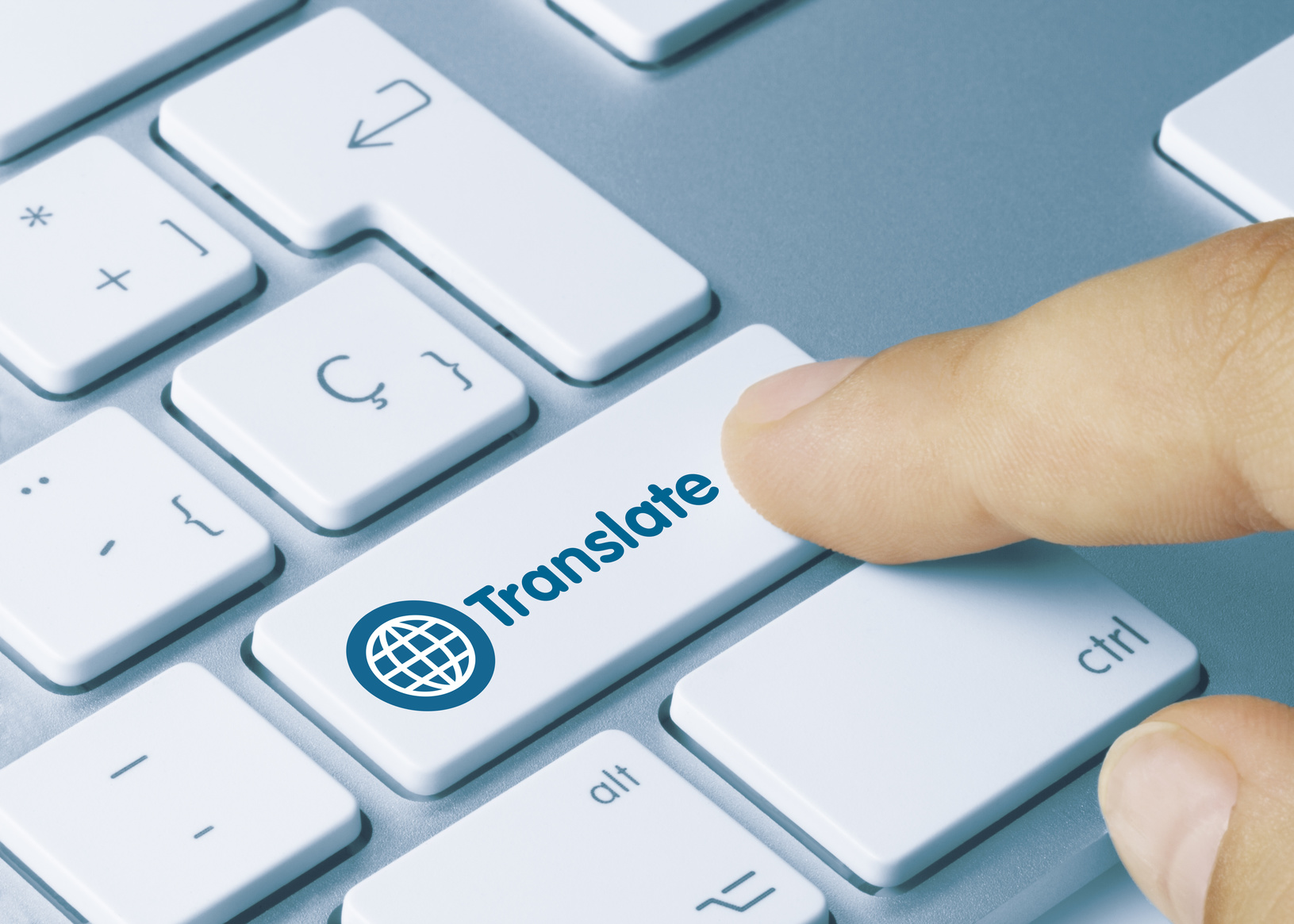
5 Multilingual SEO Tips for Marketing Translations
If your website appeals to an international audience, you may have to translate your content into multiple languages.
A multilingual SEO strategy will make sure that your content is getting seen by as many people as possible, no matter what language it’s in.
Below, we’re outlining five multilingual SEO tips for marketing translations, so your content gets seen in every language.
1. Choose Your Languages Carefully
Just because your content will appeal to an international audience doesn’t mean it will work for every international audience.
Before you begin translating your content into multiple languages, do some research. You want to determine where your audience is.
A tool like Keywords Explorer will help you find the countries that are searching for keywords related to your product or service.
This will help you determine where you should be marketing your product or service, and what languages you should be translating your content into.
2. Use the Right CMS for Your Multilingual SEO
Not all Content Management Systems are created equal. This is especially true when it comes to a website with content in multiple languages.
You want to find an open source CMS with a shared database.
A shared database will let you update all versions of your site at once.
For example, if you update something on the English language version of your site, the same update will automatically be made to the French language version.
Not having to make each individual change will save you time. It will also ensure consistency, which is important for successful multilingual SEO.
3. Have the Right Translation
If you want to appeal to an international audience, you have to speak their language — literally.
Having a sloppy translation or a translation that doesn’t make sense can make your site seem unprofessional. That will ultimately hurt your brand.
Using a professional translation service is the best way to ensure the quality of your content across multiple languages.
Click for more information about multilingual services and how to build trust with your users utilizing different language options.
4. Create Separate Pages for Each Language
Trying to put every language for your content on one page is terrible for both your SEO strategy and your overall user experience.
Search engines can only index one page at a time, and you want them to regard each language as a separate page.
Building a separate page for each language also makes it easier for the user to navigate to the right page for them.
They’ll feel that their experience is a priority, which will make them more like to use your product or service.
5. Write the Right Content
If you are targeting an international audience, the writing on your site is important.
Don’t translate your content just to translate it. You want it to have value for an international audience.
Support your multilingual SEO strategy with content that an international audience will have a genuine use for, and your audience will grow across the globe.
Get Started Now
Creating a site that will have value for an international audience is a big project. From the type of content to the SEO that will promote it, there is a lot to think about.
If you do it successfully though, you will open yourself up to new customers and clients across the globe.
Ready to get started? Sign up today!
